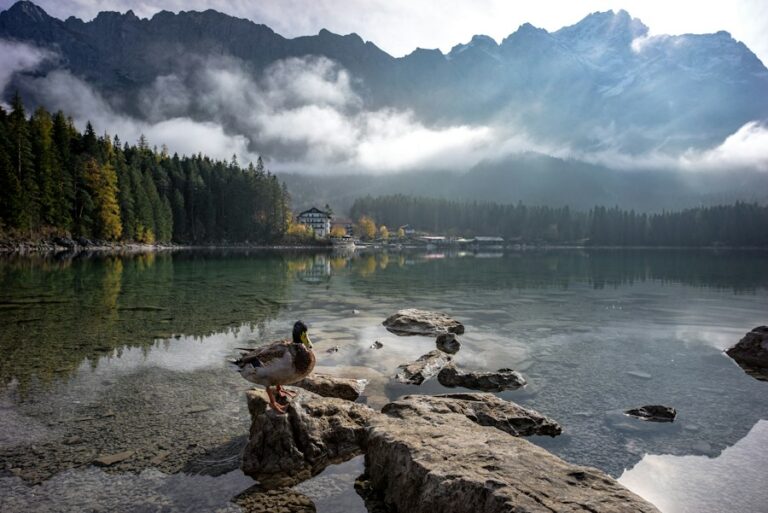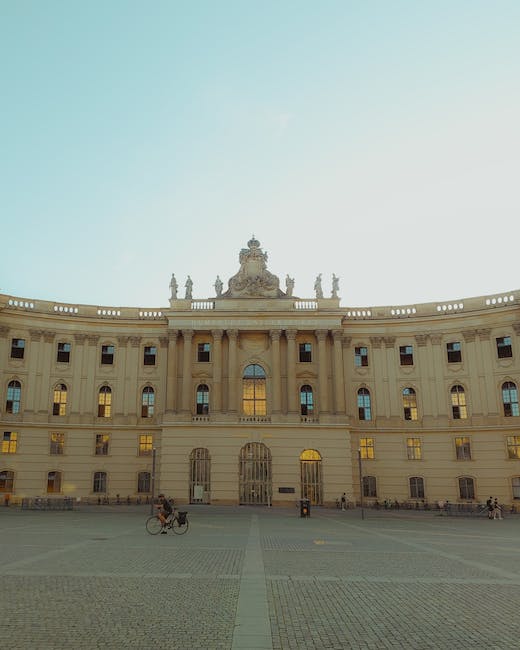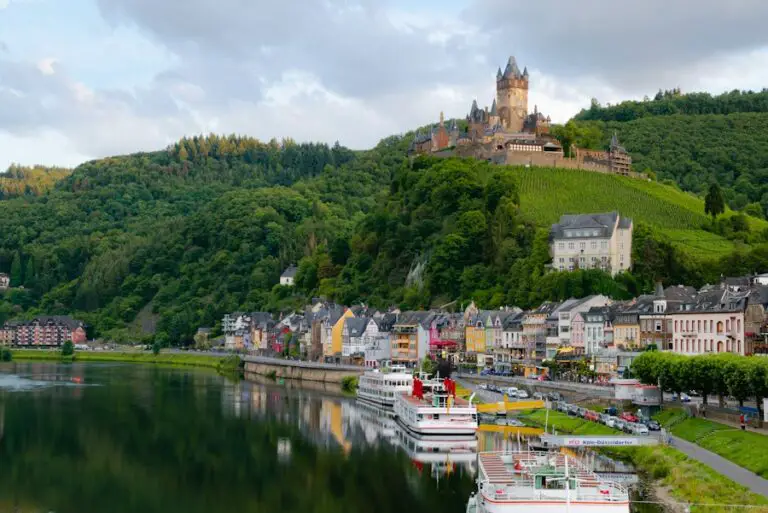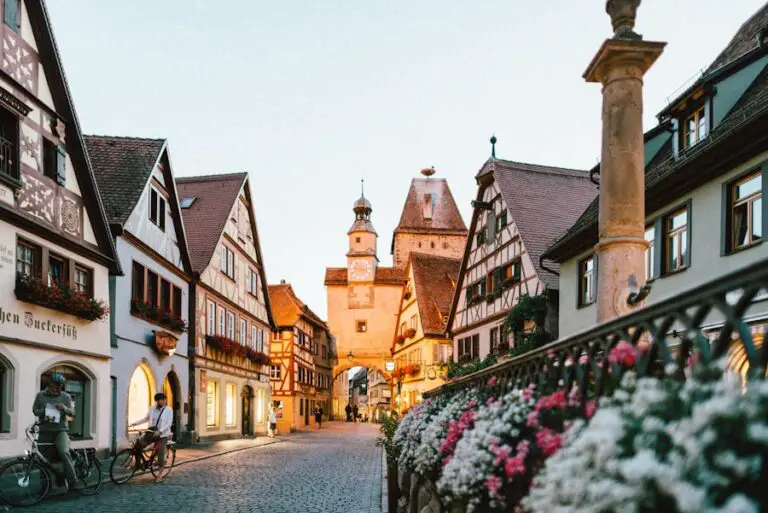The Haunted History of Halloween in Germany
Halloween, known as “Halloween” in Germany, is a holiday that has gained popularity in recent years. While it is not traditionally a German holiday, Halloween celebrations have become more common throughout the country. In Germany, Halloween is seen as a fun and festive occasion for people of all ages to dress up in costumes, carve pumpkins, and participate in spooky activities. It has become an important part of German culture, with many cities and towns hosting Halloween parades, parties, and events.
The Origins of Halloween in Germany
The origins of Halloween can be traced back to ancient Celtic traditions. The Celts celebrated a festival called Samhain, which marked the end of the harvest season and the beginning of winter. It was believed that on the night of Samhain, the boundary between the living and the dead was blurred, and spirits could freely roam the earth. To ward off these spirits, people would light bonfires and wear costumes.
The Role of the Celts in Halloween Celebrations
Samhain was a significant festival in Celtic culture. It was a time to honor the ancestors and seek their guidance for the coming year. The Celts believed that on Samhain, the veil between the worlds of the living and the dead was at its thinnest, allowing spirits to pass through. They would leave offerings of food and drink for their departed loved ones and light bonfires to ward off evil spirits.
Over time, as Christianity spread throughout Europe, Samhain merged with Christian traditions to become All Hallows’ Eve, which eventually evolved into Halloween. The influence of Celtic traditions can still be seen in modern German Halloween celebrations.
The Influence of Christianity on Halloween in Germany
Christianity played a significant role in shaping Halloween traditions in Germany. All Hallows’ Eve, which falls on October 31st, is followed by All Saints’ Day on November 1st and All Souls’ Day on November 2nd. These Christian holidays are dedicated to honoring the saints and praying for the souls of the departed.
In Germany, All Saints’ Day is a public holiday, and many people visit cemeteries to decorate the graves of their loved ones with flowers and candles. This tradition is closely tied to Halloween, as it is a way to remember and honor the dead.
The Evolution of Halloween Traditions in Germany
Halloween celebrations in Germany have evolved over time. In the past, Halloween was not widely celebrated in the country, but in recent years, it has gained popularity, especially among younger generations. Many cities and towns now host Halloween parades, parties, and events.
One significant change in German Halloween celebrations is the incorporation of American traditions. Trick-or-treating, which was not traditionally part of German Halloween, has become more common in recent years. Children dress up in costumes and go door-to-door, asking for treats. This American tradition has been embraced by many Germans and has become a popular activity during Halloween.
The Significance of Pumpkins in German Halloween Celebrations
Pumpkins play a significant role in German Halloween celebrations. The tradition of carving pumpkins into Jack-o’-lanterns originated in Ireland but has since spread to other countries, including Germany. In Germany, pumpkin carving has become a popular activity during Halloween.
The history of pumpkin carving in Germany can be traced back to the legend of “Stingy Jack.” According to the legend, Jack was a notorious trickster who played tricks on both humans and spirits. When he died, he was denied entry into both heaven and hell and was forced to wander the earth with only a carved-out turnip to light his way.
When Irish immigrants brought the tradition of pumpkin carving to America, it eventually made its way back to Germany. Today, Germans carve pumpkins into Jack-o’-lanterns and display them outside their homes during Halloween.
The Role of Ghosts and Spirits in German Halloween Folklore
Ghosts and spirits play a significant role in German Halloween folklore. In German culture, it is believed that on Halloween night, the spirits of the dead return to earth to visit their loved ones. It is a time when the boundary between the living and the dead is blurred, and supernatural occurrences are more likely to happen.
There are many legends and stories surrounding German Halloween folklore. One popular legend is that of the “White Lady,” a ghostly figure who is said to haunt certain castles and ruins in Germany. It is believed that she appears on Halloween night, wandering the halls and corridors of these haunted places.
The Haunted Castles of Germany and their Halloween Legends
Germany is home to many haunted castles, which have become popular destinations for Halloween enthusiasts. These castles are steeped in history and folklore, making them the perfect setting for spooky Halloween events.
One famous haunted castle in Germany is Burg Frankenstein, located near Darmstadt. It is said to be the inspiration for Mary Shelley’s novel “Frankenstein.” During Halloween, the castle hosts a variety of events, including haunted tours, costume parties, and theatrical performances.
Another haunted castle in Germany is Burg Eltz, located in the Moselle Valley. It is said to be haunted by the ghost of a knight who was killed in battle. On Halloween night, visitors can take part in ghost tours and explore the castle’s eerie corridors.
The Spooky Halloween Traditions of German Villages and Towns
While larger cities in Germany may have more commercialized Halloween celebrations, smaller villages and towns often have their own unique traditions. These traditions often reflect the local folklore and legends of the area.
In some villages, it is customary to light bonfires on Halloween night to ward off evil spirits. People gather around the fire, telling ghost stories and sharing spooky tales. In other villages, there may be parades or processions, with people dressed in traditional costumes and masks.
The Dark Side of German Halloween Celebrations: Vandalism and Violence
While Halloween is generally a fun and festive occasion, there have been instances of vandalism and violence during Halloween celebrations in Germany. Some people use the cover of costumes and masks to engage in destructive behavior, such as smashing pumpkins or damaging property.
Efforts have been made to combat vandalism and violence during Halloween. Police presence is often increased during Halloween celebrations, and there are campaigns to promote responsible behavior and respect for others’ property.
Keeping the Haunted History of Halloween in Germany Alive
Halloween has become an important part of German culture, with its own unique traditions and folklore. It is a time to remember and honor the dead, while also embracing the spooky and supernatural aspects of the holiday.
As Halloween continues to gain popularity in Germany, it is important to preserve its haunted history and cultural significance. By incorporating both traditional German customs and American traditions, Germans can celebrate Halloween while respecting its origins.
Whether it’s carving pumpkins, visiting haunted castles, or participating in local village traditions, Halloween in Germany offers a unique blend of ancient Celtic traditions, Christian customs, and modern festivities. It is a time for people of all ages to come together, have fun, and embrace the spooky spirit of the holiday.
Do you have questions about Germany? then contact us by using our Contact Me page. Checkout more posts by us on our Blog.







